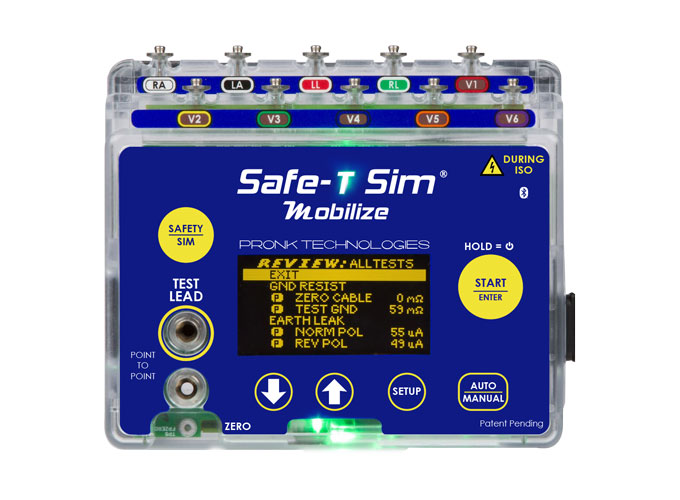A pulse oximeter is a small device that can measure the amount of oxygen in your blood.
Pulse oximetry is useful for people with chronic lung or heart disease who need to monitor how well oxygen is being carried from the heart and lungs to the most remote parts of the body.
To use a pulse oximeter, press the device on your finger, or pinna – this is how you use it properly to get an accurate reading.

A pulse oximeter is a small instrument that is usually placed on the finger, finger, or earlobe to measure the level of oxygen in the blood.
It is a quick and easy way to determine how well oxygen is being carried from the heart and lungs to the most distant parts of the body to determine if the heart and lungs are functioning properly.
Also, it can be used to measure warning signs of chronic lung or heart disease and to determine if you should see a doctor about the coronavirus.
A pulse oximeter measures the oxygen saturation of your blood. Essentially, this percentage is a calculation of how much oxygen is in the blood, with 100% being 'fully saturated' and the optimal level.
And while this simple non-invasive medical tool is available over the counter in many pharmacies, it's not necessary for most people.